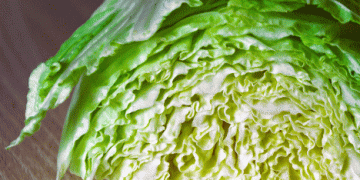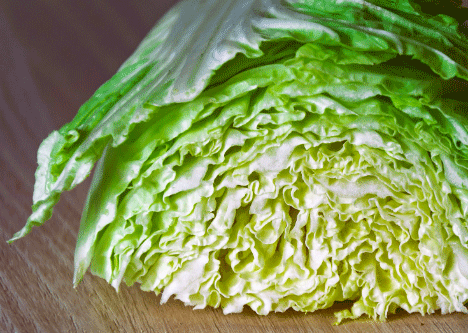Though Chinese cabbage originated in ancient China, today, most of the Chinese cabbage consumed in Switzerland is locally grown. According to the Swiss Agricultural Information Service (LID), the Swiss season for Chinese cabbage lasts from May to March, providing a long window of fresh, home-grown produce.
In 2023, Swiss farmers produced 3,785 tons of Chinese cabbage, compared to just 822 tons imported from other countries. With per capita consumption at 520 grams, Chinese cabbage has found its place as a versatile and mild-tasting vegetable favored in Swiss kitchens. The crop covers 141 hectares of Swiss farmland, of which 35 hectares are dedicated to organic farming. This shift towards more bio-farming is a significant trend in Switzerland’s agriculture, as consumers increasingly seek eco-friendly and locally sourced foods.
Unlike other cabbages, Chinese cabbage contains mustard oils, making it easier to digest while offering a milder flavor that can be used in a variety of dishes. Its light taste and health benefits have led to a growing demand for the vegetable, particularly in urban areas where interest in fresh, nutrient-rich food is on the rise. Bio-farming practices play a crucial role in meeting this demand, ensuring the cultivation of the cabbage is sustainable and free from synthetic chemicals.
Chinese cabbage, known for its long history in China dating back to the 5th century, was cultivated in the ancient empire and later spread throughout other Asian countries. Its journey to Europe began in the early 20th century, where it found a home in countries like Switzerland, thanks to favorable growing conditions and expanding consumer preferences for diverse vegetables.
The high domestic production of Chinese cabbage is a success story for Swiss agriculture. It shows the country’s ability to cultivate traditionally foreign crops locally, reducing reliance on imports and promoting sustainable farming practices. The significant share of organic cultivation demonstrates the commitment to environmental stewardship, ensuring that farming practices align with the growing demand for bio-products.
Swiss farmers have successfully integrated Chinese cabbage into their crop rotations, with local production now dominating the market. This shift not only reduces imports but also supports sustainable agricultural practices, especially through bio-farming. As consumer demand for versatile, healthy vegetables continues to rise, Chinese cabbage is set to remain a key player in Swiss agriculture, balancing tradition with innovation.

































